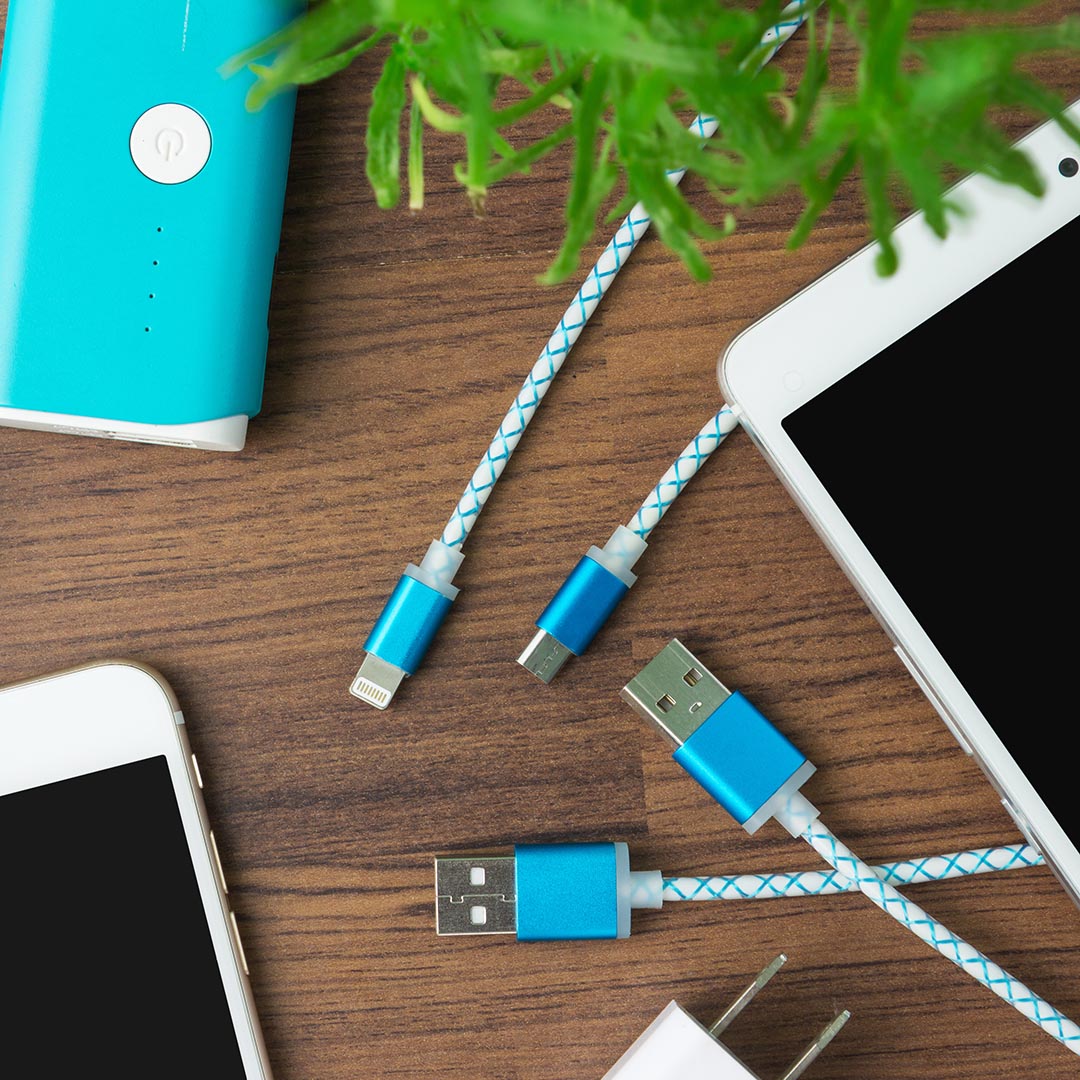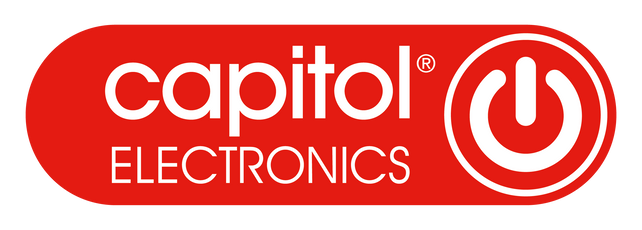info@capitolessentials.com

The Ultimate Guide to USB Cables: Understanding Lightning, USB-C, Micro USB & More
Capitol Phone Accessories – Powering Your Devices with Confidence
In today’s tech-driven world, USB cables are essential for everyday life—whether you're charging your phone, transferring data between devices, or connecting to accessories. But with so many different types of USB cables on the market, it can be confusing to know which one is right for your device.
At Capitol Phone Accessories, we specialise in high-quality charging cables for phones, tablets, laptops, and other gadgets. In this guide, we’ll break down the most common types of USB cables—Lightning, USB-C, and Micro USB—explaining how they work, their differences, and which devices they’re best suited for.
1. Lightning Cable

What is it?
Developed by Apple, the Lightning cable is a proprietary connector used for many Apple devices.
Key Features:
-
8-pin reversible connector
-
Supports fast charging and data transfer
-
Compact and durable design
Compatible Devices:
-
iPhones (from iPhone 5 to iPhone 14)
-
iPads (non-Pro models up to the 9th generation)
-
AirPods and some Apple accessories
Pros:
-
Reversible (plugs in either way)
-
Consistent performance with Apple products
Cons:
-
Only compatible with Apple devices
-
Being phased out in favour of USB-C on newer Apple models
2. USB-C Cable

What is it?
USB-C is the latest USB standard, offering high-speed data transfer, fast charging, and a universal, reversible design.
Key Features:
-
Reversible 24-pin connector
-
Supports Power Delivery (PD) for faster charging
-
Capable of carrying video (DisplayPort or HDMI) in addition to power and data
-
Supports USB 3.1, 3.2, and Thunderbolt 3/4 (depending on cable specs)
Compatible Devices:
-
Most modern Android phones and tablets
-
Newer iPads (iPad Pro, iPad Air 4th Gen and later)
-
MacBook, Chromebook, Windows laptops
-
Nintendo Switch and other accessories
Pros:
-
Fast charging and data transfer
-
One-size-fits-all connector for a wide range of devices
-
Future-proof and increasingly standardised
Cons:
-
Cable quality can vary—cheaper cables may not support full speed or safe charging
-
Not all USB-C cables are created equal (check specs for power/data/video support)
Lightning cable vs USB-C Side by side comparison
The below shows the differences in the Lightning and USB C Cable

3. Micro USB Cable

What is it?
Once the standard for Android devices and accessories, the Micro USB cable features a small, flat, trapezoid-shaped connector.
Key Features:
-
5-pin connector with a specific orientation (not reversible)
-
Generally used for charging and data transfer
-
Low cost and widely available
Compatible Devices:
-
Older Android phones and tablets
-
Bluetooth headphones, power banks, cameras, and other peripherals
Pros:
-
Affordable and still widely used in accessories
-
Simple and reliable for basic charging needs
Cons:
-
Not reversible
-
Slower charging and data transfer speeds compared to USB-C
-
Being replaced by USB-C in most new devices
4. USB-A and USB-B Explained
Left (USB-A), Right (USB-B)

Although Lightning, USB-C, and Micro USB refer to the device-end connector, USB-A and USB-B describe the host-side of the cable.
USB-A:
The classic rectangular USB plug that connects to wall chargers, laptops, or power banks.
USB-B:
Mostly used for printers and larger devices; not common in consumer charging cables.
Most modern cables are USB-A to one of the following:
-
USB-C
-
Micro USB
-
Lightning
Or, in the case of newer devices, USB-C to USB-C for faster speeds and better power delivery.
Choosing the Right Cable for Your Device
When buying a cable, consider:
-
Connector Type: Match the cable to your device port (Lightning, USB-C, or Micro USB)
-
Charging Speed: Look for cables that support fast charging (Power Delivery or Quick Charge)
-
Durability: Opt for braided or reinforced cables for everyday use
-
Data Transfer: If transferring files, ensure the cable supports high-speed data (USB 3.0 or above)
At Capitol Phone Accessories, we stock premium-grade USB cables for every need—whether you’re syncing files, charging on the go, or powering your laptop. All our cables are tested for quality, durability, and performance.
Need Help Finding the Right Cable?
Our team is here to help! Whether you need a Lightning cable for your iPhone or a USB-C to USB-C cable for your laptop, Capitol Phone Accessories has you covered. Browse our full range online or contact us for expert advice.
View our table below to show what the most popular Samsung and Apple phones use which cable type
Here is a table that lists popular Samsung and Apple phone models alongside their corresponding USB cable types:
| Phone Model | USB Type |
|---|---|
| Apple iPhone 5 – iPhone 14 | Lightning |
| Apple iPhone 15 / 15 Plus | USB-C |
| Apple iPhone 15 Pro / Pro Max | USB-C |
| Apple iPhone SE (1st–3rd Gen) | Lightning |
| Apple iPad (10th Gen) | USB-C |
| Apple iPad (up to 9th Gen) | Lightning |
| Samsung Galaxy S2 – S5 | Micro-USB |
| Samsung Galaxy Note 1 – Note 4 | Micro-USB |
| Samsung Galaxy S6 / S6 Edge | Micro-USB |
| Samsung Galaxy S7 / S7 Edge | Micro-USB |
| Samsung Galaxy S8 – S24 Series | USB-C |
| Samsung Galaxy Note 5 | Micro-USB |
| Samsung Galaxy Note 8 – Note 20 | USB-C |
| Samsung A-Series (A3 – A8) | Micro-USB |
| Samsung A-Series (A20 – A73) | USB-C |
| Samsung Galaxy Z Fold / Flip Series | USB-C |
